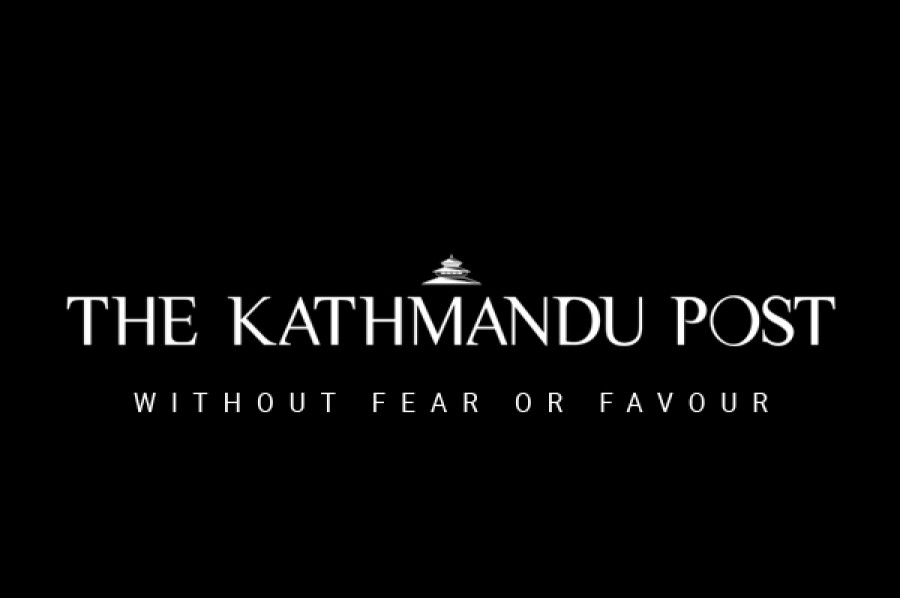Money
71pc of Bajura households below poverty line: Survey
About 71 percent of the households in Bajura district are living below the poverty line and have low social indicators in areas such as health and education besides lacking market access, the Poor Household Support Coordination Board Secretariat said.
About 71 percent of the households in Bajura district are living below the poverty line and have low social indicators in areas such as health and education besides lacking market access, the Poor Household Support Coordination Board Secretariat said.
Among the 13,619 households out of the 21,711 households in the district that have been classified as ‘poor’. Within that group, 6,393 households have been identified as ‘extreme poor’.
According to a survey conducted by the secretariat in 25 districts to distribute poor identity cards, 4,228 households among the total poor households are ‘mid-poor’ while 2,998 are ‘general poor’.
The survey was done in Bhojpur, Khotang, Siraha, Sindhuli, Ramechhap, Rautahat, Gorkha, Tanahu, Baglung, Kapilvastu, Arghakhanchi, Pyuthan, Rolpa, Rukum, Bardia, Jajarkot, Dolpa, Jumla, Kalikot, Mugu, Humla, Bajura, Bajhang, Achham and Kailali districts.
Speaking at a programme on Tuesday, spokesperson for the secretariat Ram Hari Gaihre said the existence of such a high level of poverty could be due to lack of access to minimum social services.
The study revealed that 63.9 percent of the total 21,989 households in Kalikot, or 12,433 in number, are living below the poverty line. Among them, 5,877 households are extreme poor.
In Humla and Bajhang, 63.2 percent and 62.8 percent respectively of the households are poor. Likewise, more than 50 percent of the households in Jumla, Achham, Mugu and Dolpa districts are living under the poverty line.
Among the 25 districts, Tanahu has the lowest poverty rate with 21.1 percent of the households being unable to manage their daily minimum requirements.
In terms of the number of households, Kailali district has 21,577 households under the poverty line, the largest among the districts surveyed.
The secretariat has identified a total of 391,831 poor households. Among them, it has classified 188,226 households as ‘extreme poor’, 119,761 as ‘mid-poor’ and 83,844 households as ‘general poor’.
The poor households are eligible for government social security programmes including educational scholarship, health insurance and skill training towards food security and self-employment.
The survey employed the Proxy Mean Test which, according to the World Bank, is a concept where information on households or individual characteristics correlated with welfare levels is used in a formal algorithm to proxy household income, welfare or need.
The board considered eight indicators including ownership of the house and its structure, types of cooking fuel, water and sanitation facilities, household size and ethnicity to calculate the poverty level.
Meanwhile, United Nations Development Programme, Nepal urged the government to launch proactive policies and programme to increase effective access of the poor to social programmes related to education and health, among others.
“Nepal should focus on poverty alleviation programmes that are sustainable, inclusive and helpful to build up resilience among the poor people,” said Renaud Meyer, country director of UNDP Nepal.




 7.12°C Kathmandu
7.12°C Kathmandu












%20(1).jpg&w=300&height=200)
